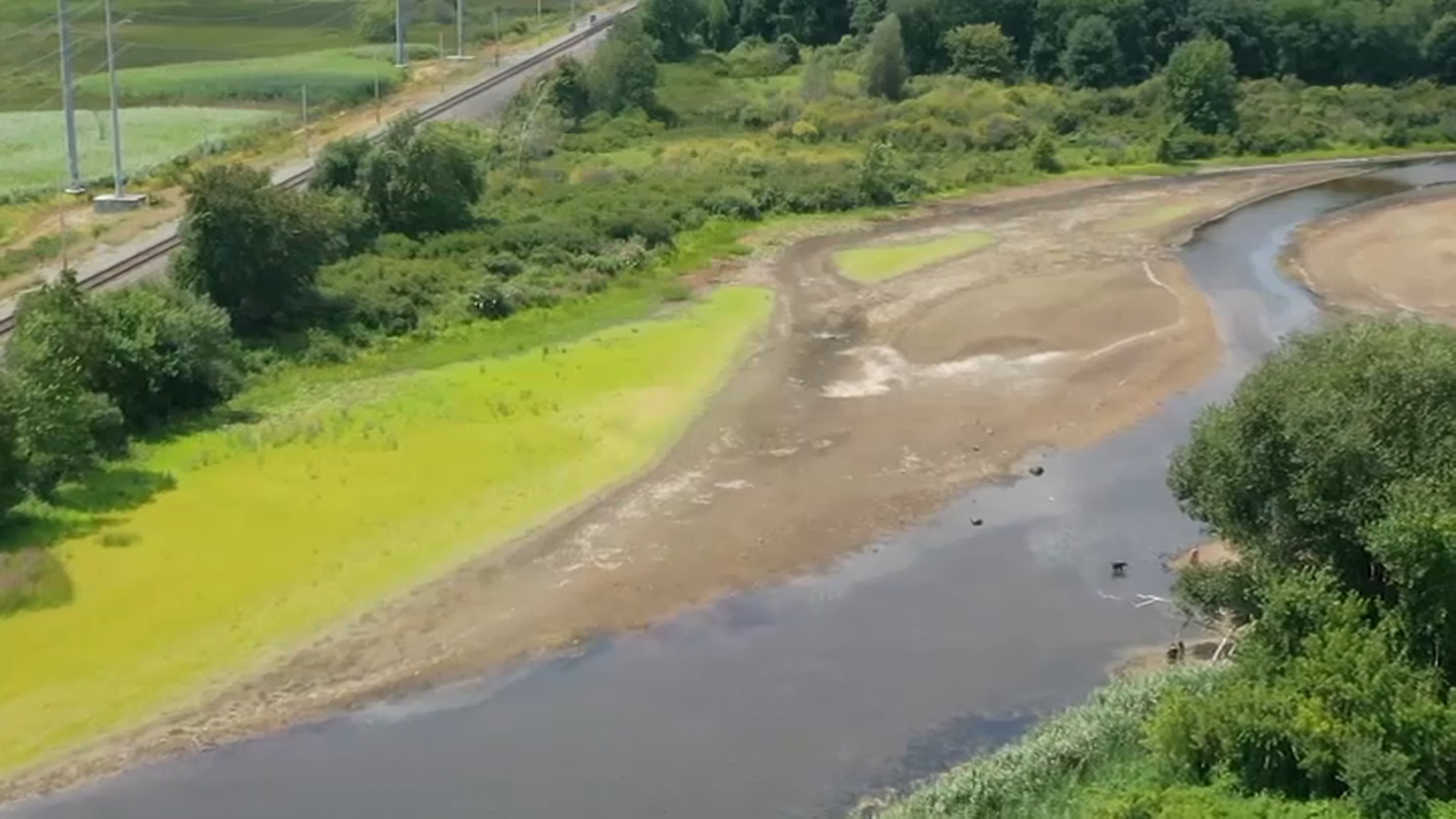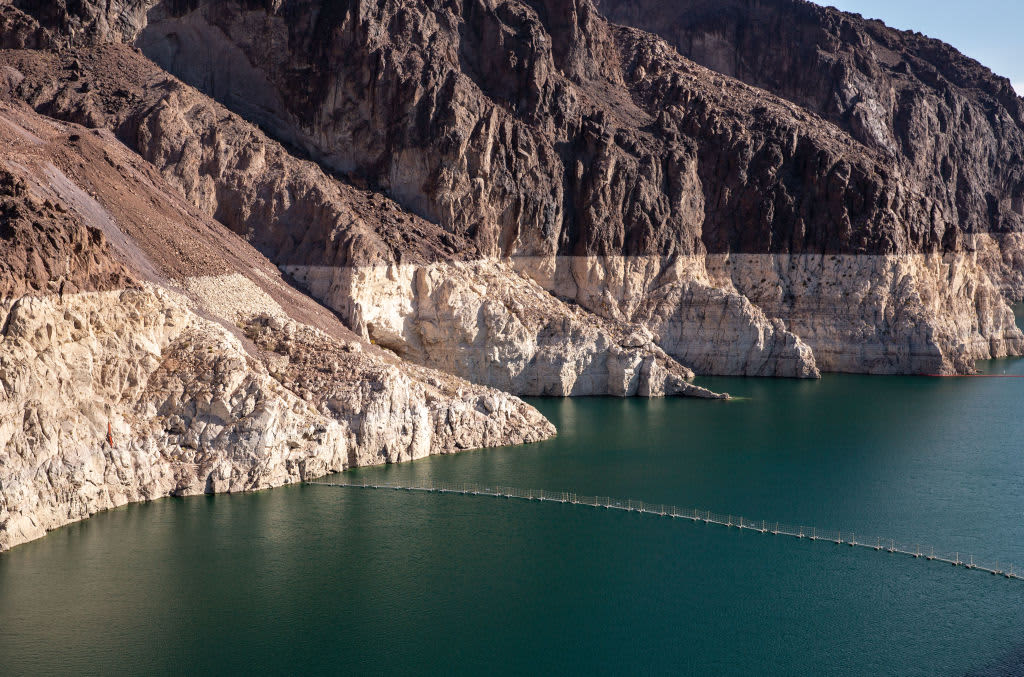Evidence of this abnormally dry summer can be seen in the Winooski River, through Vermont's capital city, where new islands and the sandy river bottom are now visible.
A river gauge located on Route 2 across from the Green Mount Cemetery is measuring a near-record low level, according to National Weather Service data.
Montpelier’s public works director, Donna Barlow Casey, was out Wednesday scanning the river and its North Branch for junk the dry conditions have revealed. She spotted a baseball bat, traffic cone, tire, chairs, cans, bottles and more.
Barlow Casey said she wants to find ways to try to safely clean some of it up.
Get Boston local news, weather forecasts, lifestyle and entertainment stories to your inbox. Sign up for NBC Boston’s newsletters.
"It is an opportunity for us," Barlow Casey told NECN and NBC10 Boston. "Water isn't moving very fast, and it's not very deep, so we can clearly see what's down there."
Chief Robert Gowans of the Montpelier Fire Department was also studying the Winooski River Wednesday. In cold weather, he worries about the river rising, because it's a notorious spot for ice jams — which caused devastating flooding in 1992.
However, with the river level dropping, the chief said he can spot freshly-exposed rock formations, to better understand where future ice threats could form.
"In a normal summer, when the river's full of water, you don't see that," Gowans said of rocks and rocky outcroppings in the river. "But it's given us that opportunity this year to take a look, so we can start developing areas where we will watch closer in the winter and spring."
More on the drought
Barlow Casey and Gowans could find an upside to the low river levels, but they certainly know we need rain — badly.
"An overnight rainfall will not save us," noted NECN and NBC10 Boston meteorologist Tevin Wooten, who said Vermont's capitol region is between 6 and 7 inches of rainfall below normal this year.
During one of the driest summers on record, it'll take slow, steady, regular rain to make up the deficit, Wooten said — without the kind of damaging problems that come with big tropical storms.
"If the tributaries are low, and multiple tributaries are low, then that doesn't bode well for places like Lake Champlain," Wooten explained, adding that he will be watching the lake level heading into September and October — its lowest season.
In prior seasons, boats on Lake Champlain have suffered damage to propellers, drive shafts, and boat bodies when they have run aground in low water.
For now, it's a waiting game, with many throughout New England wondering when a turnaround could come



